When Zane Mountcastle co-founded Picogrid, it wasn’t to build another drone or sensor. It was to fix the connective tissue of the modern battlespace.
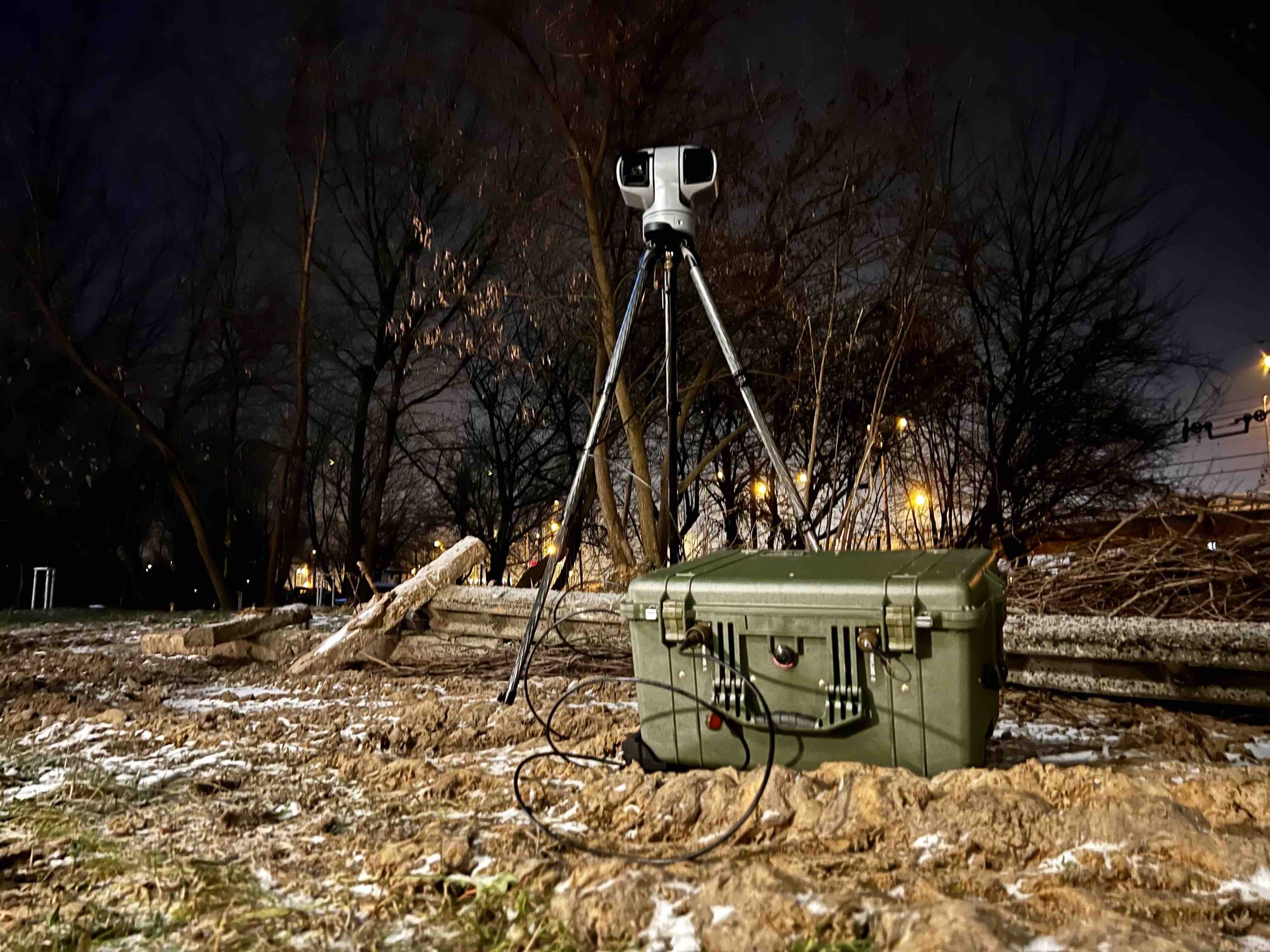
Picogrid emerged from a recognition that traditional defense architectures could not scale to meet the coming era of software-defined warfare. “We realized that the real bottleneck wasn’t sensors or platforms—it was coordination,” Mountcastle said in an interview with Inside Unmanned Systems. “The connective layer was missing.” That realization led to a deliberate focus on integration-first design, with early systems built specifically to accommodate both legacy and emerging unmanned assets.
“The military systems don’t talk to each other,” Mountcastle said. “You have legacy systems that predate the internet, vendor-locked platforms, and new unmanned systems scaling across all domains. What’s missing is the integration layer. That’s what we build.”
From base defense to global-scale autonomous coordination, Picogrid is rapidly establishing itself as a core enabler of the software-defined military. Its flagship software, Legion, functions as a unifying interface for unmanned systems, sensors and even satellites. But Picogrid doesn’t just write code. It also builds hardware platforms—Lander, Helios and Portal—that get Legion into the field.
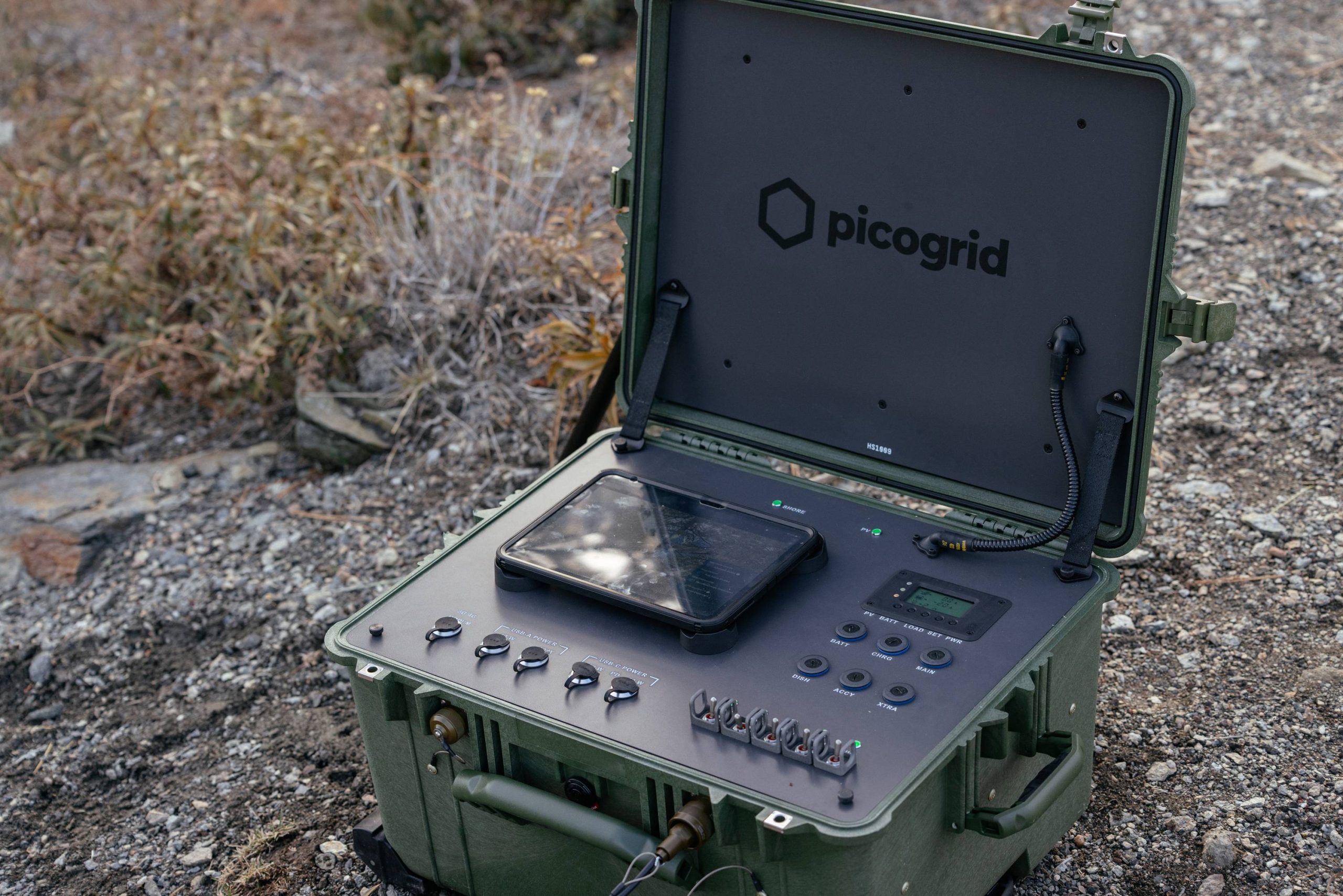
MIDDLEWARE AT THE MISSION LEVEL
Picogrid positions itself not as a sensor company or drone OEM, but as the middleware provider that enables coordination at scale. That distinction isn’t semantic—it’s foundational.
“The military is moving into a software-defined, unmanned world where we need to field systems by the millions,” Mountcastle said. “We don’t have enough humans to operate all of that manually. Our job is to enable those systems to work together, without requiring a full human-in-the-loop stack for each.”
What makes the integration problem so complex, he added, is the heterogeneity of the operating environment. UAS, ground vehicles, sensors and space-based assets are proliferating, each developed under different protocols and legacy constraints.
“This isn’t just about drones. It’s robotics, satellites, sensors and legacy infrastructure,” Mountcastle said. “You need middleware that can integrate across domains, modalities and mission types.”
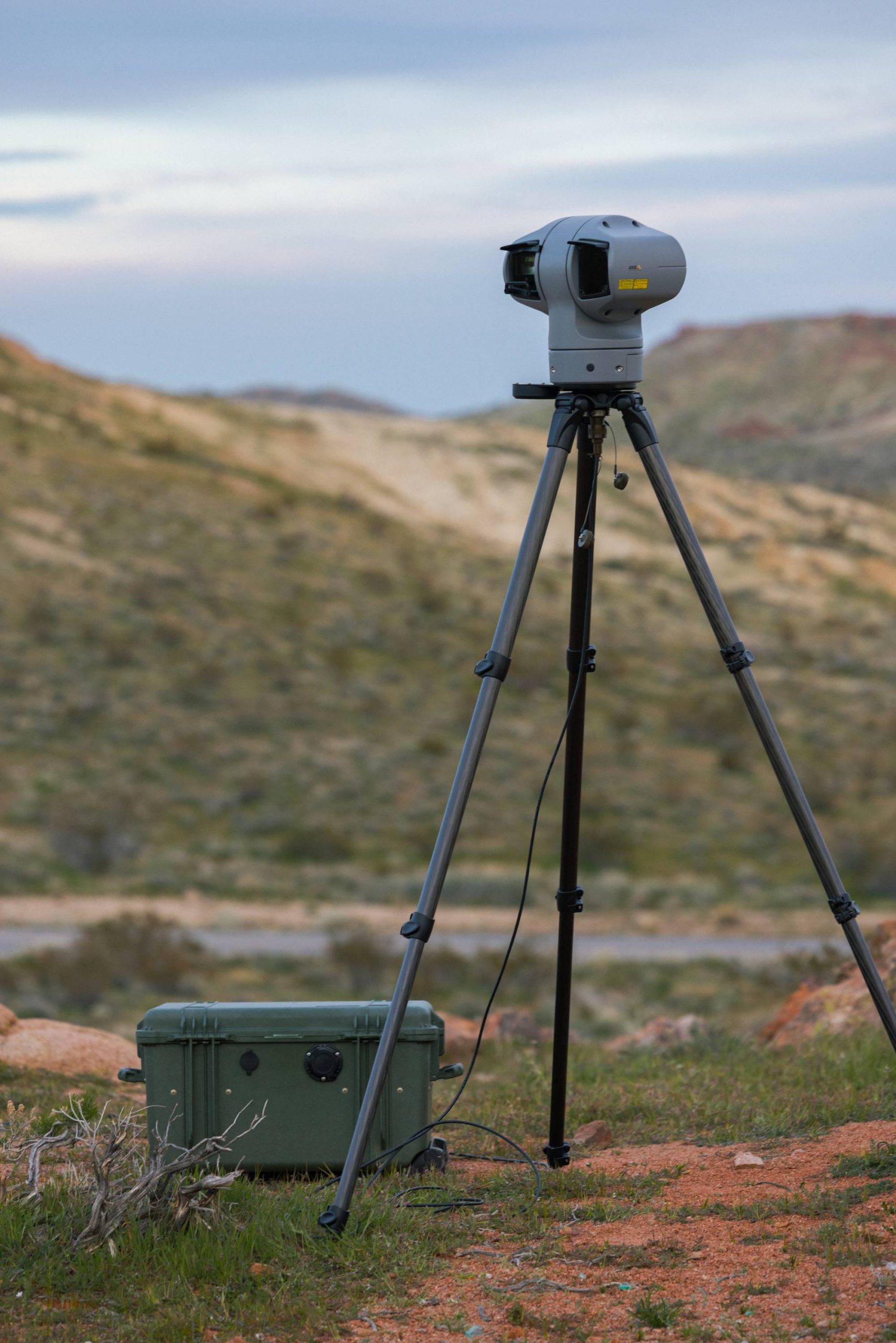
LEGION: TRANSLATING AND ORCHESTRATING DATA
Legion is Picogrid’s core middleware software. It performs protocol translation, data normalization, mission tasking and real-time orchestration across platforms.
“Legion started as a software integration and data translation tool, but it’s grown into something much larger,” Mountcastle said. “It now supports mission-level coordination, autonomous decision trees and can interface with our mobile and static platforms.”
Legion is designed to be vendor-neutral. Picogrid intentionally resists locking customers into proprietary ecosystems.
“We’re not trying to create a walled garden. We’re focused on capabilities. The systems that deliver the best mission outcomes should be the ones in the loop.”
Legion’s strength lies in its modularity and real-time adaptability. The platform enables translation between disparate data formats and telemetry protocols, allowing drone feeds, sensor packets and satellite data to be normalized and acted upon through a single operator interface. “If one vendor’s drone spits out KLV and another uses MAVLink, Legion’s role is to unify them without needing a human in the loop to do that translation,” Mountcastle explained. “It’s battle-tested middleware—designed for edge chaos, not lab perfection.”
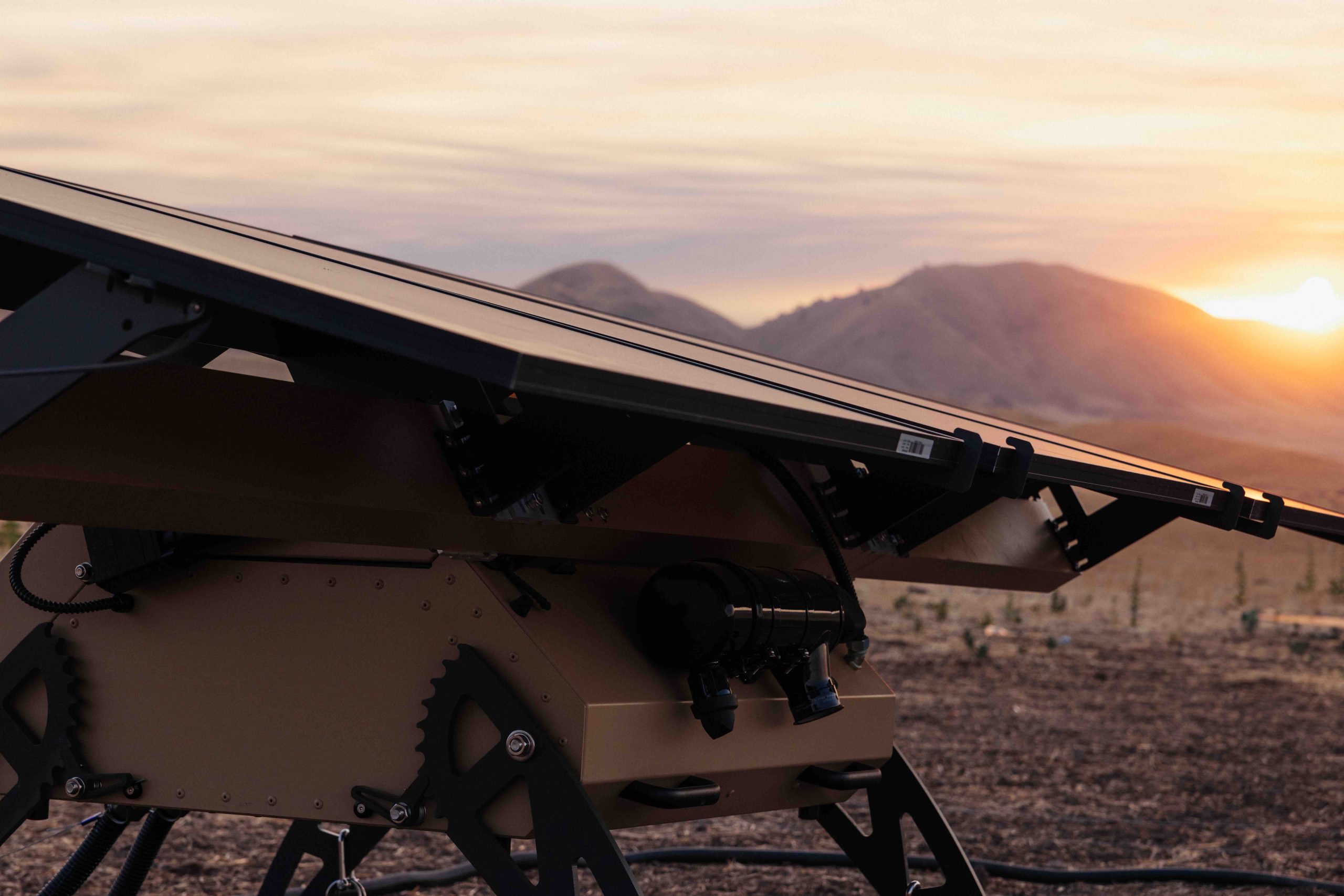
HARDWARE AS ENABLER: LANDER, HELIOS AND PORTAL
To ensure Legion can deploy across diverse environments, Picogrid has built three main hardware platforms:
• LANDER: A fixed-site integration node, designed for long-duration missions at permanent installations like military bases or training ranges.
• HELIOS: A vehicle-portable, rapidly deployable system supporting mobile mission sets, built for flexibility and quick setup.
• PORTAL: A backpack-deployable platform for forward dispatch scenarios, enabling operators to extend Legion’s reach into austere environments.
“We build hardware to enable the middleware. You can have the best software in the world, but it won’t matter if it can’t reach the field,” said Mountcastle.

ISR AND BASE DEFENSE AS FIRST USE CASES
Picogrid’s initial use cases focused on base security and ISR. These were natural entry points given the urgent needs at U.S. military installations and the limitations of traditional point solutions.
“We started in base defense,” Mountcastle explained. “But we quickly saw the same coordination problems in ISR, C-UAS and satellite cueing. And it wasn’t just about unmanned aircraft. It was about integrating radar, ground vehicles, EO/IR feeds—everything.”
The company’s platforms are now supporting missions across U.S. military facilities and ranges, though specific operational details remain classified.
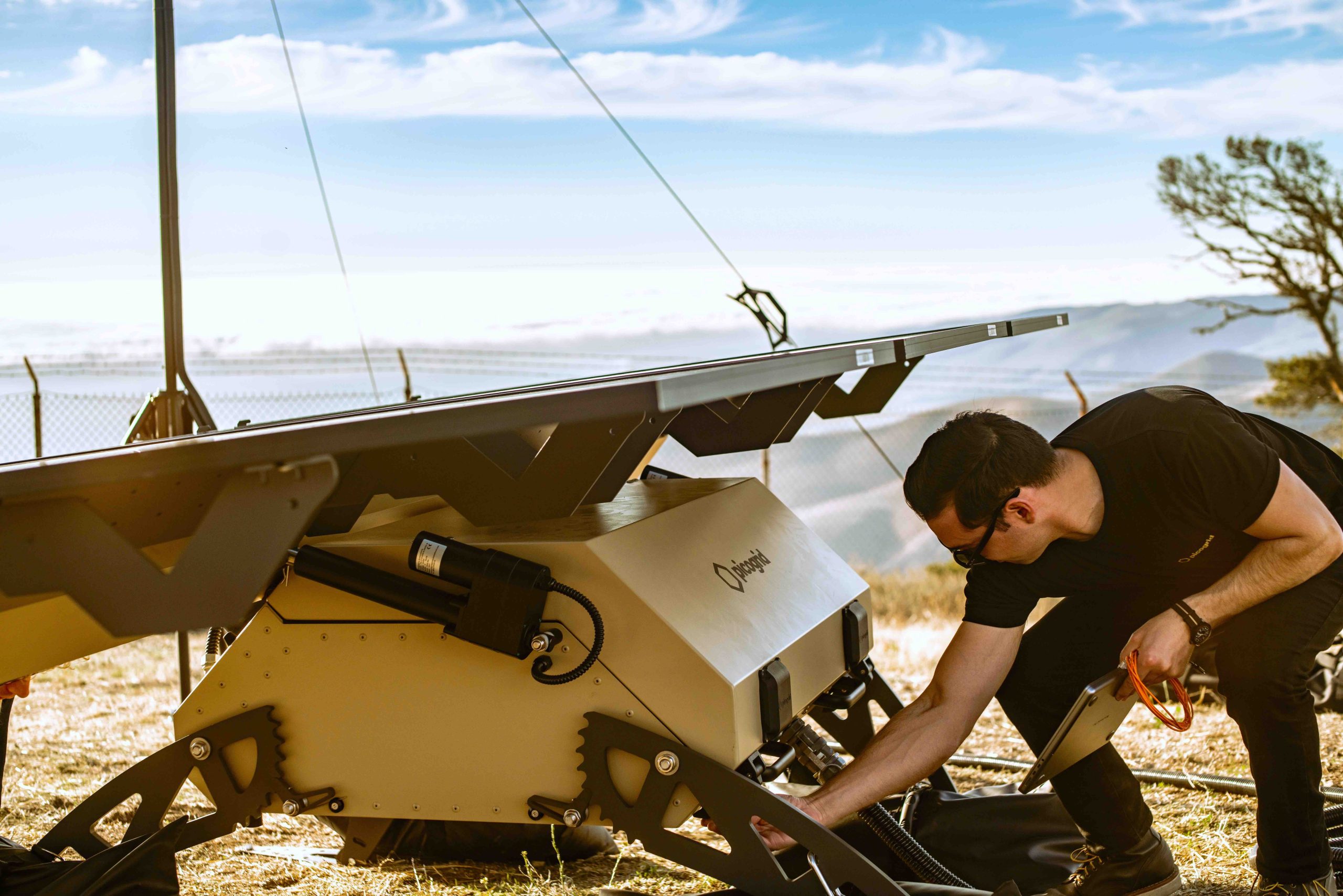
UKRAINE AND THE WAKE-UP CALL
Mountcastle credits the Ukraine conflict with catalyzing a wider understanding of how unprepared the West is for the next generation of conflict.
“Ukraine opened people’s eyes. They’re using hobbyist drones and open-source software to take out $100 million assets. That kind of asymmetry proves how important autonomy and integration are.”
“We’re seeing the strategic impact of low-cost, software-enabled autonomy. And that’s the future the U.S. needs to be ready for.”
NEW FACILITIES AND ARMY CONTRACT
Picogrid recently opened a new manufacturing facility in California, tripling its production capacity. A second, larger facility in Oklahoma is now in development.
“We moved into the new site in May. It’s already allowed us to meet demand we couldn’t previously touch,” Mountcastle said. “The Oklahoma site will focus on scaling more mature platforms.”
“It’s not just about ramping production,” Mountcastle said. “It’s about being able to prototype a new field kit one week and validate it under simulated dust, heat and vibration the next.” The layout reflects Picogrid’s agile philosophy—capable of short-turn design loops and iterative deployments with field units.
The company also secured a new Army contract, underlining its strategic importance to the U.S. defense supply chain.
VISION: A TRULY MODULAR DEFENSE ECOSYSTEM
Looking ahead, Picogrid sees itself as foundational to a new model of defense technology: one that prizes integration over ownership.
“A lot of companies talk about interoperability, but they’re still trying to lock you into their stack,” Mountcastle said. “We’re trying to build something genuinely vendor-neutral. That’s how you enable best-in-class capabilities to rise.”
That future won’t be dominated by a few legacy primes, he argued. It will be a “Cambrian explosion” of small companies contributing modular pieces to a larger whole.
“We’re not building the next Reaper. We’re building the thing that makes 10,000 different systems work together. That’s the real revolution.”






